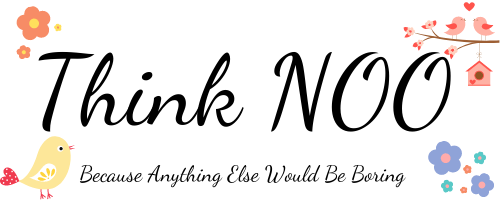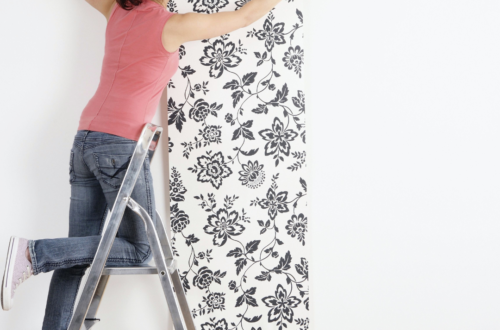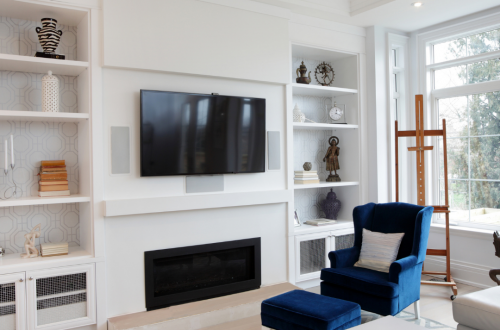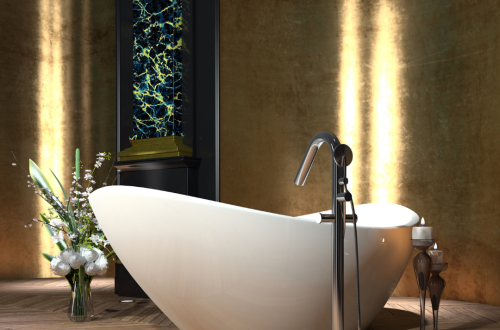Creating a tidy and organised home can significantly impact one’s mental health. Simple home organisation tips can effectively reduce clutter and create a calming environment. By focusing on decluttering strategies, individuals can alleviate stress and foster a sense of motivation in their daily routines.
Starting with small, manageable tasks allows anyone to gradually transform their space. Practical approaches, such as sorting items into categories and establishing designated areas for belongings, can lead to lasting changes. Creating a clutter-free home not only enhances physical space but also promotes a clearer state of mind.
Incorporating regular cleaning habits can further enhance the benefits of an organised home. By dedicating just a few minutes each day to tidying up, individuals can sustain an orderly environment and prevent clutter from returning. Establishing this routine fosters a sense of control and satisfaction, supporting overall well-being.
Setting the Stage for Decluttering
Creating an effective environment for decluttering involves understanding the nature of clutter and cultivating the right mental approach. Both play a crucial role in successfully reducing clutter and enhancing well-being.
Understanding Clutter and Its Impact
Clutter encompasses more than just physical items. It can manifest as emotional and mental overload. The presence of clutter contributes to increased anxiety and stress levels. Research indicates that clutter can negatively affect mental health, making it harder to focus and relax.
Identifying sources of clutter is essential. Common culprits include:
- Unused items
- Paperwork
- Digital clutter on devices
Recognising these sources allows individuals to address them directly. Decluttering provides a sense of control and accomplishment, which can foster motivation to maintain an organised space.
Creating a Decluttering Mindset
A strong mental framework is vital for effective decluttering. Developing a decluttering mindset involves setting clear intentions and addressing procrastination. Individuals should start by asking themselves why they want to declutter. This reflection can help clarify personal goals.
Creating a realistic timeline and breaking the process into manageable tasks can also aid motivation. For instance, focusing on one room or area at a time can prevent feelings of overwhelm.
Additionally, establishing a reward system for completing tasks can reinforce positive behaviours. Prioritising self-care during this process can enhance emotional resilience and reduce the stress often associated with clutter management.
Practical Decluttering Strategies
Implementing effective decluttering strategies can significantly reduce household clutter. These methods provide structured approaches to tackle messiness, making it easier to organise spaces efficiently.
The Marie Kondo Method
The Marie Kondo method focuses on keeping only items that “spark joy.” This technique encourages individuals to evaluate possessions by holding each item and determining its emotional value.
A practical application involves tackling categories rather than rooms; for instance, starting with clothing.
Organise the items into three categories: Keep, Discard, and Donate. Maintain a decluttering checklist to track progress.
This method encourages minimalism and fosters a deeper connection with belongings.
The Four-Box Method
The Four-Box method simplifies the decluttering process by using four clearly defined boxes: Keep, Donate, Trash, and Relocate. Each box serves a specific purpose.
- Keep: Retain items that are frequently used and have importance.
- Donate: Items in good condition but no longer needed can benefit others.
- Trash: Broken or unusable items should be discarded.
- Relocate: Items that belong in another room can be set aside for later organisation.
By categorising items this way, individuals can make quick decisions and clear spaces efficiently, promoting a systematic approach to decluttering.
Grouping Like Items
Grouping like items is a fundamental organisation principle that enhances visibility and reduces clutter. This strategy involves collecting similar items together to create a cohesive setup.
Start by identifying categories such as books, kitchen utensils, or office supplies. Designate specific storage solutions, such as bins or shelves, for each category.
For example, keep all books on a single shelf and sort them further by genre or size. This method not only promotes easy access but also makes it simpler to identify duplicates or unused items, prompting further decluttering efforts.
Organisational Tools and Storage Solutions
Effective organisation can significantly enhance the functionality of any living space. By making the best use of available tools and storage solutions, clutter can be reduced, leading to a more streamlined environment.
Utilising Vertical Space and Furniture
Maximising vertical space is essential for effective organisation. Using tall shelves or cabinets allows for ample storage without consuming valuable floor space.
Wall-mounted shelves can display books or decorative items while keeping surfaces clear. Hooks and pegboards can also store items such as keys and bags conveniently.
Additionally, multi-functional furniture, such as ottomans or benches with internal storage, provides dual benefits. These pieces not only serve a practical purpose but also add aesthetic appeal to the room.
By integrating vertical solutions, it becomes easier to maintain order and accessibility.
Implementing Drawer Dividers and Shoe Racks
Drawer dividers are practical tools for maintaining tidiness in drawers. They help categorise items, ensuring everything has its place.
Simple dividers can separate cutlery, stationery, or craft supplies, preventing chaotic jumbling. This organisation method saves time when searching for specific items.
Shoe racks are another valuable addition. They keep footwear organised and easily accessible, minimising mess at entryways.
Options range from over-the-door racks to standalone shelves, catering to different space requirements. By properly arranging shoes, individuals can quickly find the pair they need without contributing to clutter.
Maintaining a Clutter-Free Home
A clutter-free home requires consistent effort and effective strategies. Establishing daily habits, managing sentimental items thoughtfully, and addressing digital clutter can significantly contribute to maintaining an organised space.
Daily Habits to Prevent Clutter
Establishing daily habits is crucial for keeping clutter at bay. Setting aside just 10-15 minutes each day for tidying can make a significant difference.
- One-in-one-out rule: For every new item brought into the home, one should be removed. This prevents accumulation.
- Designated places: Each item should have a specific location. This reduces the chances of it being misplaced.
- Regular clean-up: Encourage all household members to partake in a quick clean-up before bed. It’s an effective way to reset the space for the next day.
By incorporating these simple routines, clutter can be managed effectively.
How to Manage Sentimental Items
Managing sentimental items can be tricky, yet it’s essential for maintaining clarity. Keeping everything tied to memories can lead to unnecessary clutter.
- Selectivity: Choose only the most meaningful items to keep. Assess what truly brings joy.
- Storage solutions: Use decorative boxes or storage bins to organise sentimental items, allowing for easy access and visibility.
- Digital memorabilia: Consider digitising photographs or memorabilia. This preserves memories without taking up physical space.
By applying these strategies, it becomes easier to retain cherished items without overwhelming the home.
Tackling Digital Clutter
Digital clutter can be as problematic as physical clutter. A few steps can help streamline digital spaces effectively.
- Regular clean-up: Set a schedule to review and delete unnecessary files and apps. A monthly audit can maintain order.
- Organise files: Create a designated folder structure on devices, separating different types of content. This makes retrieval easier.
- Unsubscribe: Reduce email clutter by unsubscribing from newsletters or updates that are no longer of interest.
Addressing digital clutter regularly ensures better focus and organisation in both digital and physical aspects of life.






